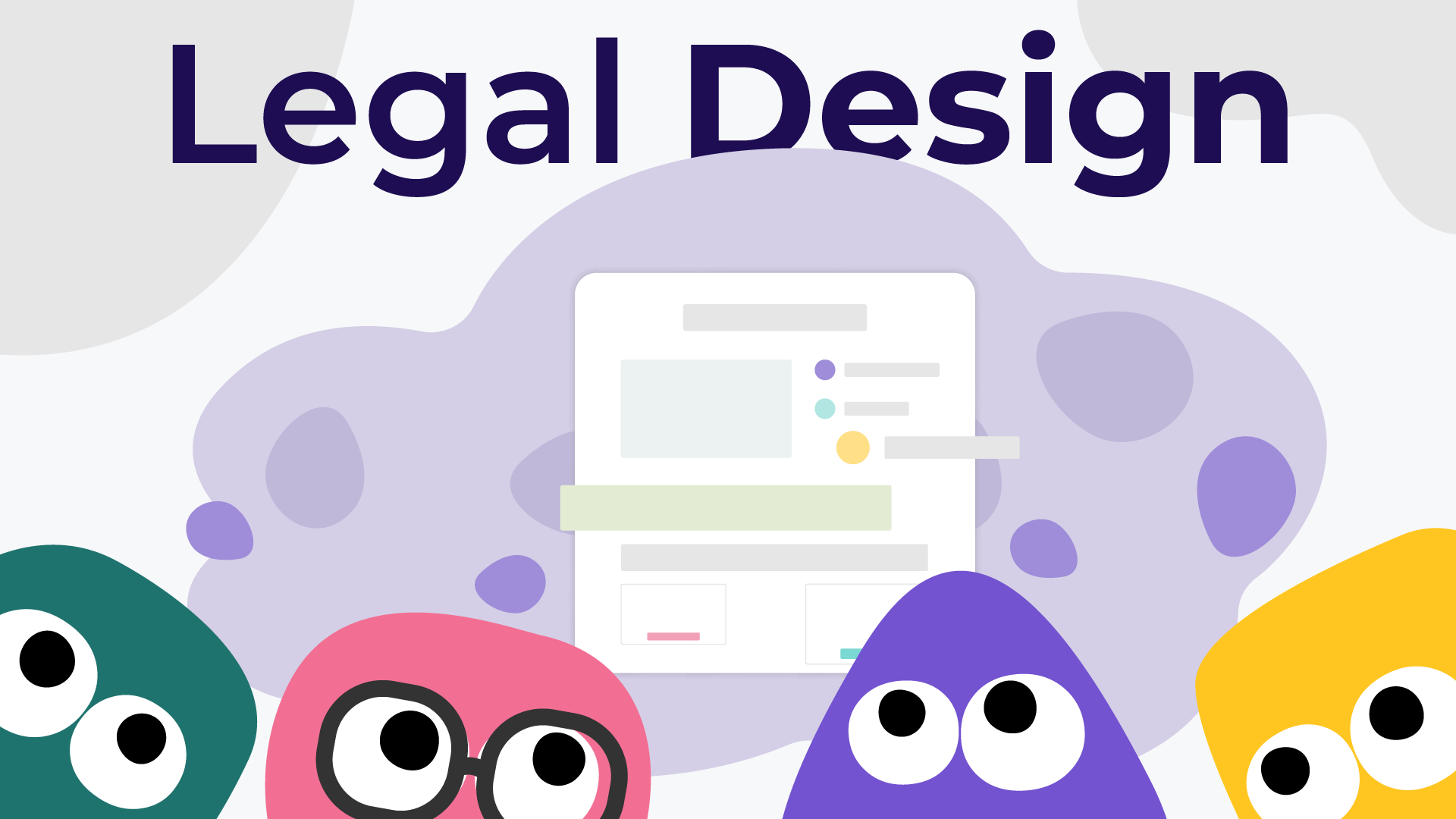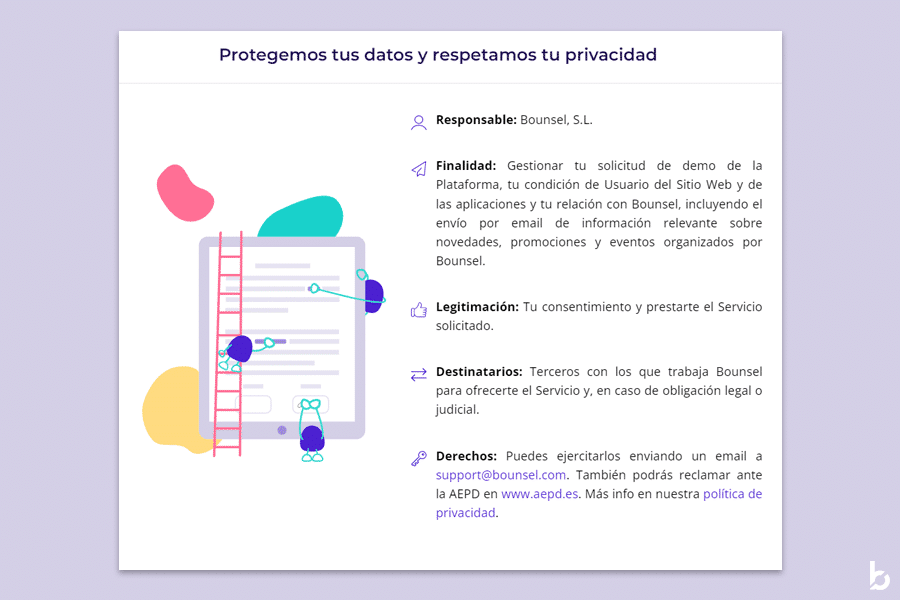When we think of a standard contract, we think of a document that is complex to read, long, with many conditions and difficult to understand. We would need a professional to understand this. Despite the need for people to communicate and understand each other, social protocols, status maintenance and tradition have long complicated the understanding of legal documents. Or at least it has always been like that, until the emergence of Legal Design.
What is Legal Design?
This concept comes from the well-known design thinking applied to the legal sector. Design thinking can be defined as a methodology that uses design tools and resources to identify user problems and propose solutions to them. Therefore, Legal Design consists of this description taken to the legal field: the aim is to explain the law and the documents that compose it in an innovative way, with the objective of making it easier to understand, more accessible and interesting for all types of socio-economic profiles.
It is, therefore, primarily focused on being readable by anyone. To this end, the language is adapted to contemporary business: transparent, negotiable.
Who is involved in this process?
As we have said before, design thinking draws on the possibilities offered by technology and the visual language of design to make documents more comprehensible. This is why Legal Design combines different factors. The help of different professionals is needed so that each one can contribute in his or her area of expertise.
- Legal professional. Since the main thing is to turn a complex text into a more understandable text, but not to leave content behind, you need a person specialised in the subject, who understands everything included in the document. This person will be in charge of understanding the text and “translating” it to the team so that everyone involved in the Legal Design process understands it.
- Design professional. Once the person in charge of explaining the content has done his or her job, it will be the designer who will apply his or her mentality and methodology to make the content more understandable in a legible and visual way so that anyone can understand it.
- Technology professional. Although we are used to understanding documents as physical papers, the technological revolution has managed to digitise a large part of them. It is no longer so strange for us to sign digitally or read a contract via a PDF. That is why Legal Design is mainly focused on making use of technology. Or, at least, this process needs it to take place. Therefore, a tech-savvy person is needed to be able to apply legal design to documents and texts on websites, cloud platforms and other IT tools.
- Psychology professional. Although this is not strictly necessary, it never hurts to have the opinion of a person who can understand for sure what the main comprehension problems are and how to solve them.
How is this methodology applied?
Once the team is set up, the project only needs to be launched through the collaboration of the team members. There are several key points within Legal Design to take into account.
The first of these is both divergent and convergent thinking. Many proposals are made from a single concept or piece of information through divergent thinking; something akin to brainstorming. On the other hand, convergent thinking is also used. Once all of these possible solutions have been considered from an idea, a single one is decided upon. These phases are used to get to the essence of the problems before solving them.
The fact of having a multidisciplinary team – the different professionals we talked about before – makes the knowledge much more extensive. The diversity between the legal, design, technological development and even psychological fields provides the team with a wide range of possibilities that will make it more efficient and bring the best possible solution.
Empathy towards the person who is going to use the document to which the Legal Design methodology will be applied is also necessary. This must always be at the centre of the design. By putting yourself in their shoes, you understand what they don’t understand, so you will emphasise those points to make it easier for them to understand.
The possibility of being able to use multimedia tools makes the range of solutions really wide. Variables such as visual representation (use of icons, illustrations, placement of individual elements, etc.), language (which we will always aim to simplify and maintain the content), and technology (which will allow us to create interactive solutions, such as videos or animations) will help implement the Legal Design and make the processes more understandable and interesting for the user.
The method, therefore, consists of discovering what the problem(s) of understanding the document is/are. Attempts are made to detect all paths where the user loses the thread of the content when this methodology has not yet been applied. Once they have been found, the main ones are concretely defined and converge at a specific point. It will define what the needs of the person reading the legal document are. At this point, the search for solutions is proposed. To do this, divergent thinking is used again, so that different solutions are put forward, each professional from their own point of view, putting forward their main ideas and proposals. Finally, having decided on the elements to be improved for each specialist, the final concept is implemented, converging on a final solution.
Who benefits? What is achieved?
The main objective of Legal Design is to make the law understandable for everyone, whatever their profile. The aim is to eliminate the exclusivity of understanding that few people enjoy, so that it does not remain just ‘lawyer jargon’ and that the content of the legal profession can be understood by the average person.
By understanding the texts, the client’s opinion is given more weight and the client is spared the ‘translation’ process between lawyer and client or company. It mainly helps to empathise with users, who will be better able to understand both their duties and their rights. It therefore contributes to the fulfilment of SDG 16.3 by ensuring equal access to justice for all.
And it is not only ordinary people who stand to benefit from this process, but also companies that need legal, digital and business-related solutions on an aesthetic level. Through Legal Design they manage to be transparent and make their content comprehensible to users. Engagement between companies and clients is also achieved, as well as a better perception and comprehensibility of the brand, as Legal Design is capable of adapting to the corporate aesthetics of each brand that requires it, making use of the design part.
Legal Design, an example
A clear example of the use of Legal Design is the way in which Bounsel’s privacy policy is represented. Instead of having a long text with a myriad of details, difficult to understand concepts and details that complicate the reading, the conditions are designed like this:
First, a series of icons representing each section of the privacy policies. These symbolise the main content of each of the points: A person’s profile for the person responsible for these policies, the thumbs up to refer to the user having to give consent, the paper plane to state the purpose, the arrow icons to allude to the recipients and the key icon for the rights.
Each of the sections are divided into separate paragraphs, and the headings are in bold type. A hierarchy of elements is determined using different typographic and structural resources. This makes each of the points easier to read, quicker and more comprehensible. In addition, the font is the same as the one used throughout the website, giving this document the brand’s corporate aesthetic.
Finally, illustrations can be seen, which follow the brand’s corporate identity and are in line with those used throughout the website.












